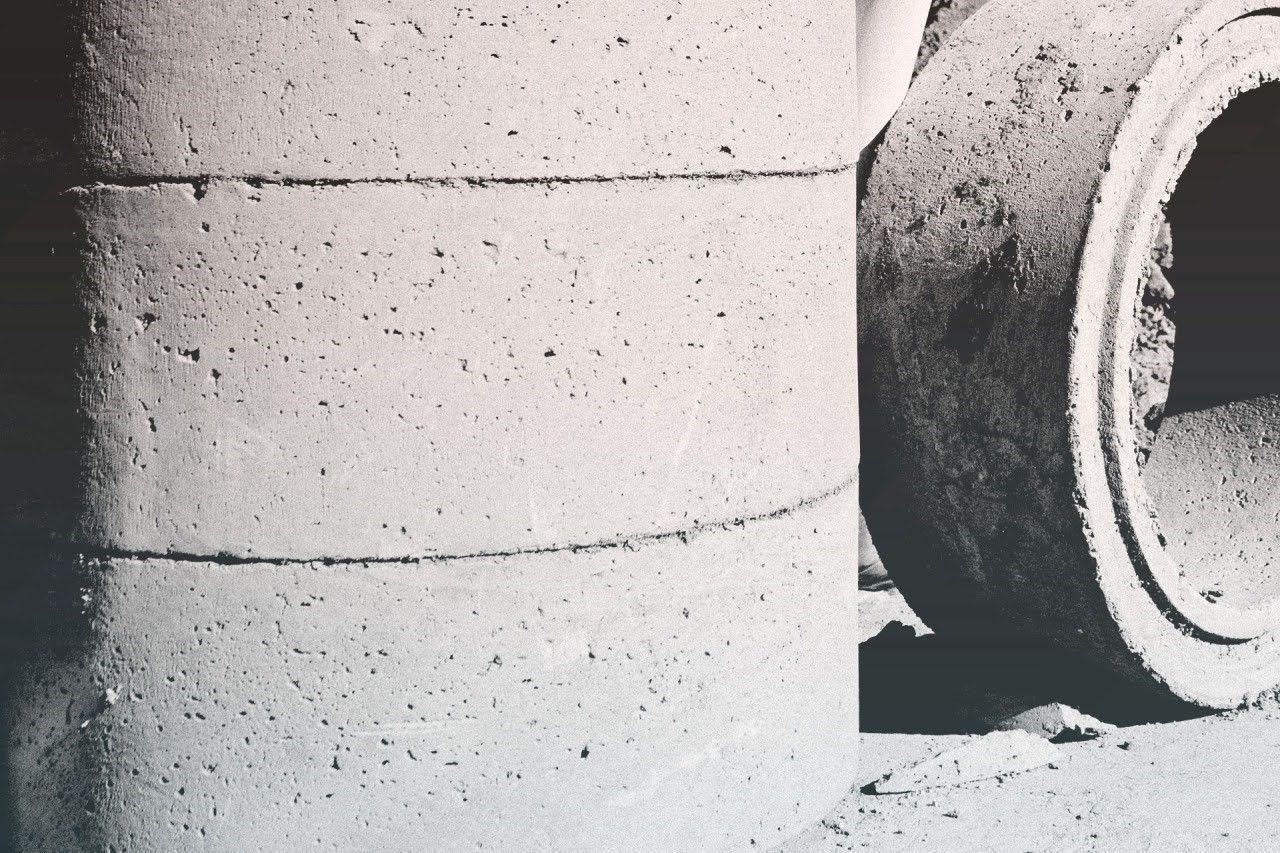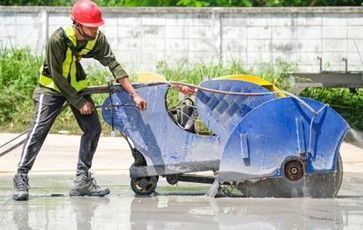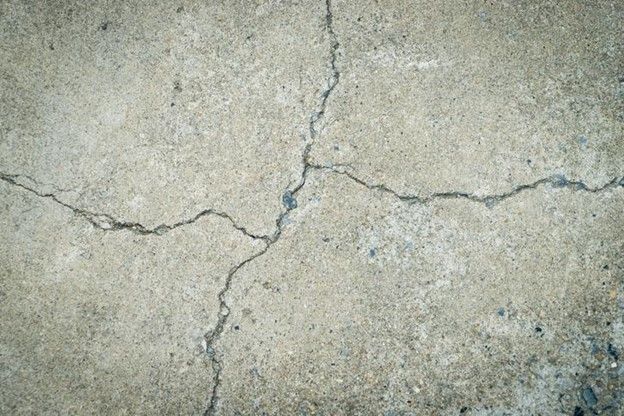Residential • Commercial • Industrial
3 FAQs About Concrete Cutting
With whatever construction project you undertake, you will often need to cut or remove concrete at some point. Also, specific problems like sewer issues and electrical problems usually call for concrete cutting. Many questions can come into your mind before or during concrete cutting. This article explores three such questions and gives you answers.
1. Which Techniques Are Used for Concrete Cutting?
Concrete cutting varies based on the area involved and the purpose of the task. As a result, cutters use different cuts to achieve the goal. Discover four techniques used to cut concrete:
- Slab sawing. You use slab sawing in remodel projects with concrete or asphalt surfaces. For example, use this when you want to fix a new pipe or access a plumbing line under your floor.
- Wall sawing. As the name suggests, wall sawing cuts through your walls and is common for works that call for straight cuts. Typical scenarios for which you need wall sawing are when you want to add extra electrical or sewer lines. Wall sawing also comes in handy when you want to add or remove a door or window to your structure.
- Core drilling. Core drilling offers a viable solution when you need to make round holes through concrete. With core drilling, you get holes of any depth if you want to install deep, cylindrical structures.
- Wire sawing. Sometimes, you have to cut or remove concrete surfaces that are too big. Since a one-cut process would be hectic, wire sawing reduces the large surfaces into smaller, more manageable sizes. Big-sized concrete is common in mines and dams.
2. What Is the Role of Water in Concrete Cutting?
Concrete cutting generates a lot of dust, reducing visibility, dirtying the environment, and harming your health. The cloud of dust also means your workers strain to see and thus have to work at a slower pace. The result is a lot of time taken to complete your project, which you would otherwise save with a more serene work environment.
Concrete dust contains silica, and long-term exposure to silica causes silicosis, lung cancer, and TB. Also, concrete cutters spend a lot of time on concrete cutting, which translates to a more extended exposure period. Therefore, even though masks are available to reduce the dust, the chances of dust inhalation are not entirely reduced.
Dust from concrete rises in the air and lands on plants and other surfaces, so you must clean many areas. On the flip side, wet sludge forms a damp mess or slurry, which you can sweep away or vacuum. Therefore, water reduces the amount of cleanup you face after concrete cutting.
3. What Are the Reasons for Concrete Cutting?
You can either cut concrete because of unavoidable situations or to remodel your premises. Nonetheless, the typical reasons to remove or cut your concrete are as follows:
- To improve your outdoor drainage. If you live in an area that experiences high rainfall levels, you might want to modify your outdoor drainage. Concrete cutting lets you access the sites under your premises to access and improve the drainage system.
- To fix damaged sewer lines and water pipes. Since parts of sewer and water pipes run through your walls, damage in such areas means you have to go through your walls. Concrete cutters access the damaged features with minimal destruction to your walls.
- To improve your home's appeal. Sometimes, you want to add extra features that add comfort to your home. For instance, you might want to add a new bathtub or a pool in your backyard. Unfortunately, you will have to go through concrete surfaces in such cases, which necessitates concrete cutting.
Concrete cutting is a vital activity in construction and rehabilitation processes. So, you are better off if you get the right contractors to do the work for you. Whenever you want excellent concrete cutting services, look no further than
Capitol City Concrete Cutters LLC. You are guaranteed the most reliable and skilled contractors at an affordable price.









